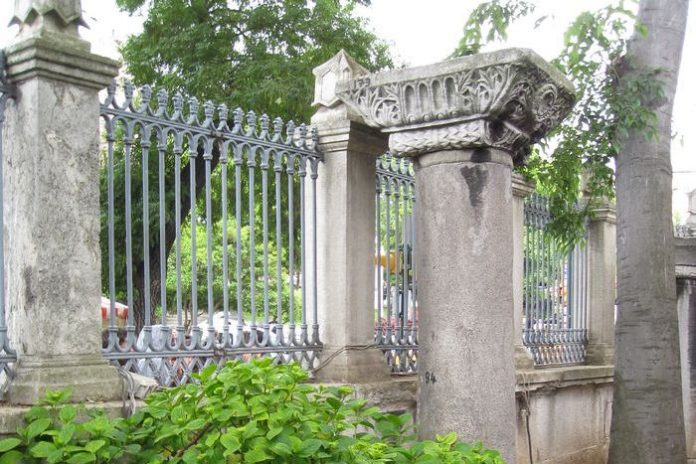In this article, we’ll explore the fascinating discovery and cultural significance of the Pazirik Carpet, hailed as one of the world’s oldest carpets.
Unearthing History in Pazirik
Glacial Excavation: In the summer of 1949, a team of Russian archaeologists led by Sergei I. Rudenko stumbled upon a glacier grave atop the Altay Mountains in Siberia. This grave, known as Kurgan, dated back to the 5th and 4th centuries BC and contained remarkable artifacts, including an embalmed horse, chariots, household items, and a carpet.
The Origin of Pazirik: Named after the local Siberians who inhabited the region, the Pazirik culture left its mark on history with the discovery of this ancient burial site. Thus, the carpet found within the Kurgan became known as the Pazirik Carpet.
Journey of the Pazirik Carpet
Display at St. Petersburg Museum: Today, the Pazirik Carpet is proudly displayed at the St. Petersburg Archaeology and Hermitage Museum. Measuring 1.83 x 2.00 meters, this ancient artifact boasts intricate details, with 3600 knots per square centimeter Istanbul Guided Tours.
Exquisite Design: The Pazirik Carpet features a broad border adorned with cavalry figures, a secondary border depicting deer, and inner and outer borders featuring gryphons. Its ground showcases a striking red base with white, yellow, and blue colors arranged in a decussate leaf pattern across 24 squares.
Cultural Significance
Nomadic Lifestyle: Historically, nomadic horsemen in the Altay region relied on carpets for their portable shelters. The Pazirik Carpet serves as evidence of the importance of carpets in nomadic cultures, particularly among Turkish nomad tribes.
Turkish Influence: The Pazirik Carpet is intricately woven using the “Gordes Knot,” also known as the “Turkish Knot.” Additionally, it bears a leopard stamp, symbolizing Turkish craftsmanship, and features cavalry figures, reflecting the nomadic cavalry culture of the region.
The Legacy of Kuşadası and Guvercinada
Kuşadası’s Namesake: The island of Guvercinada lends its name to the picturesque town of Kuşadası. Built in 1534 by Barbaros Hayrettin Pasha, the inner castle on Guvercinada served as a watchtower and police station, surrounded by protective city walls Cultural Exploration and Festive Spirit in Kusadasi.
Historic Architecture: The inner castle boasts a sturdy cradle vault made of stones and bricks, along with provisions for soldiers stationed there. A cistern on the east side of the building ensured a stable water supply for its occupants.
From the ancient craftsmanship of the Pazirik Carpet to the historic forts of Guvercinada, Kuşadası offers a captivating journey through time, revealing the rich tapestry of its cultural heritage.
